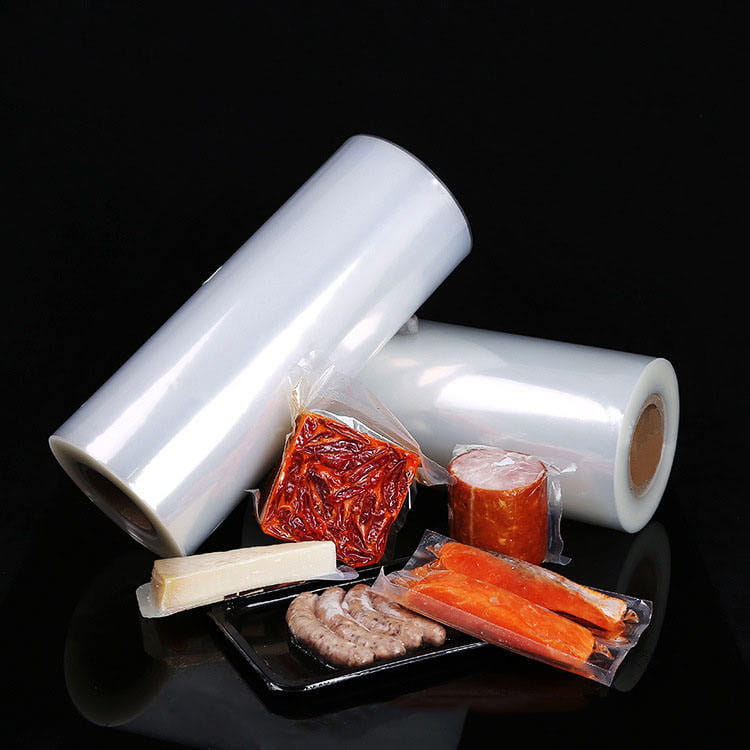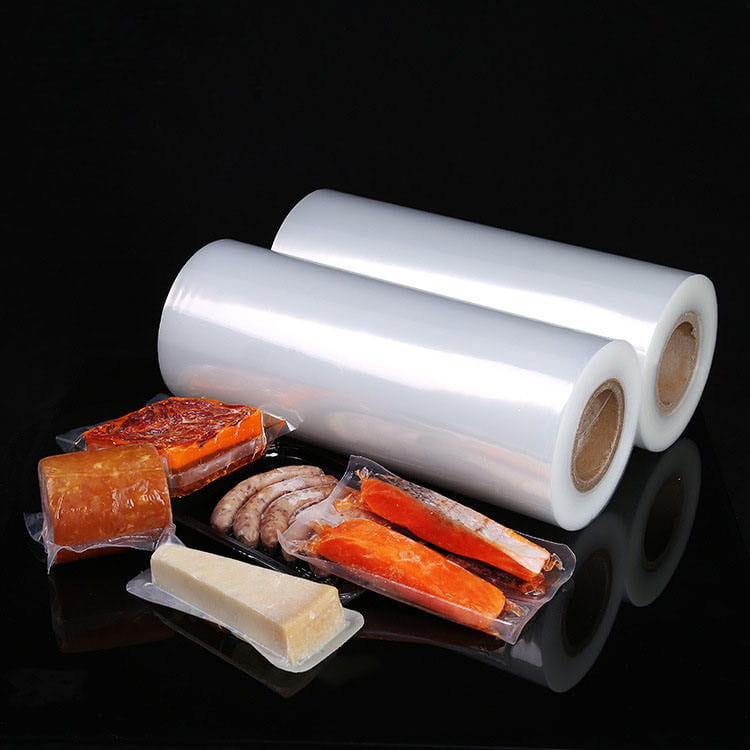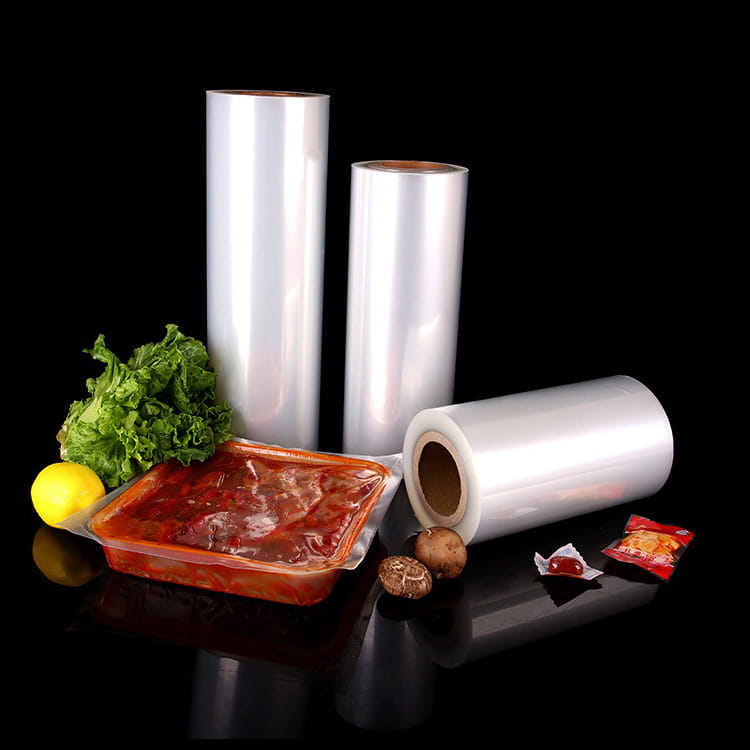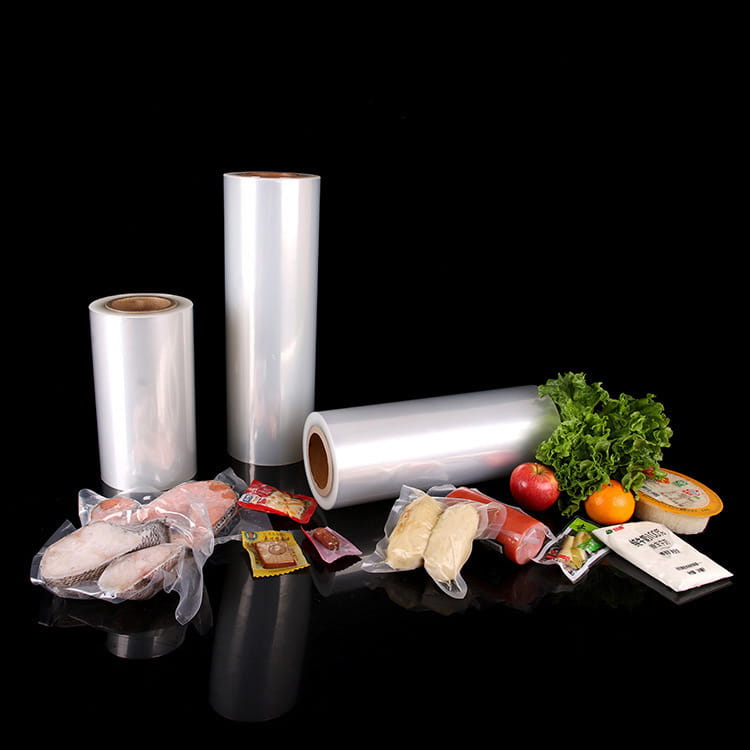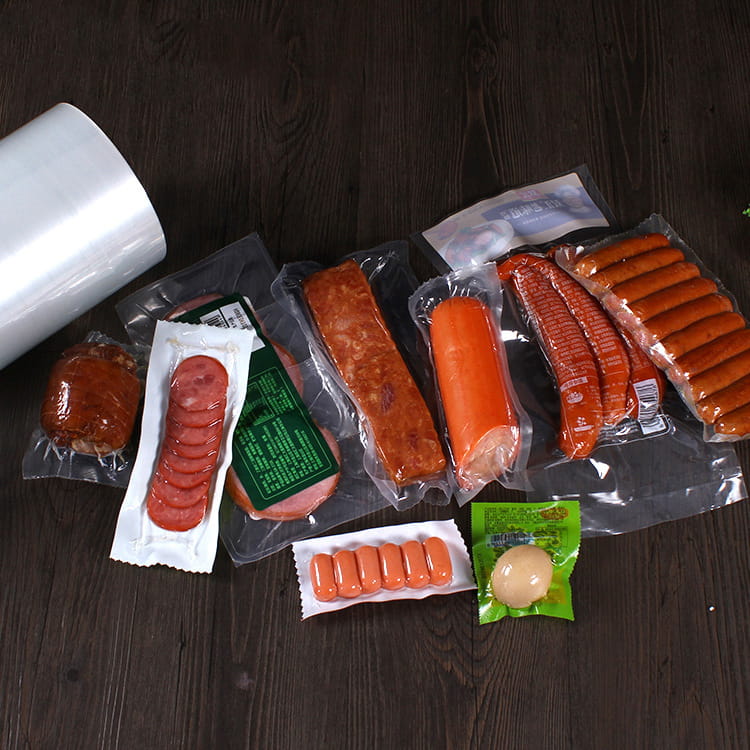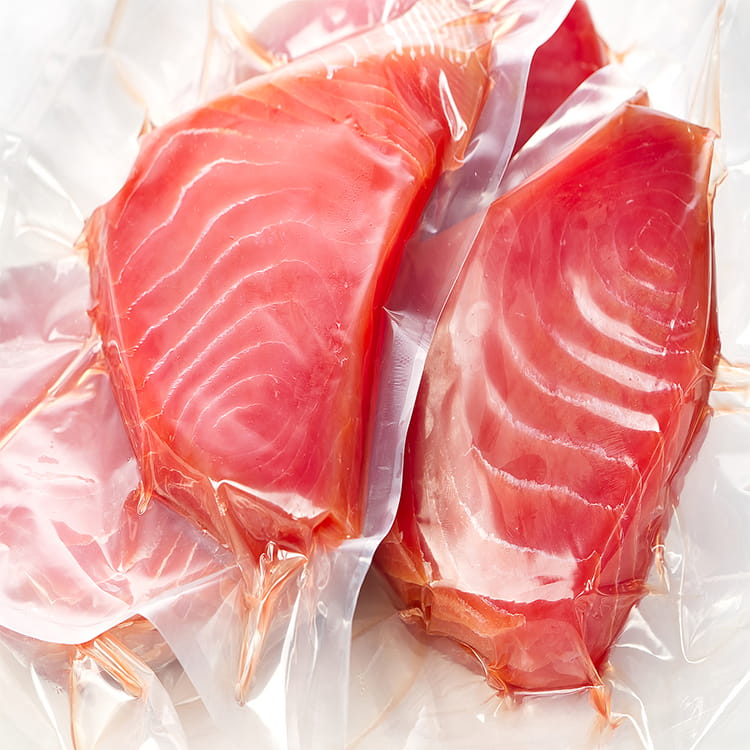At a time when jelly packaging technology is constantly iterating, PA plastic jelly sealing vacuum packaging film stands out with its unique composite structure and comprehensive protection capabilities. This packaging film uses polyamide (PA) as the core material. Through multi-layer co-extrusion technology and synergistic effects with functional materials such as PE, PP, and EVOH, it builds a three-dimensional protection system against oxygen, moisture, odor and microorganisms, providing all-round protection for jelly quality.
PA material itself has excellent barrier properties and can effectively delay the oxidation reaction caused by oxygen penetration. However, in practical applications, a single PA film is difficult to meet the multiple protection needs of jelly for moisture resistance, odor resistance, and antibacterial. The introduction of multi-layer co-extrusion technology breaks the performance limitations of a single material. By precisely compounding PA with materials of different characteristics, each layer of material performs its own duties to form a functionally complementary whole.
PE (polyethylene), as a common composite layer material, has become the basic structural layer of the packaging film with its good flexibility and heat sealing properties. It not only gives the packaging film the characteristics of easy processing and molding, but also can achieve tight heat sealing during the packaging process to form a complete sealed space to prevent external air and pollutants from entering. PP (polypropylene) enhances the mechanical strength of the packaging film with its excellent hardness and chemical resistance, making it not easy to break during transportation and storage, and effectively maintaining the integrity of the packaging.
EVOH (ethylene-vinyl alcohol copolymer) can be called the "star material" in the packaging film composite system. It has a very high barrier capacity for oxygen and is an important partner of PA. The EVOH layer is closely combined with the PA layer, just like creating a double oxygen barrier for jelly, further reducing the oxygen permeability. This composite structure can significantly extend the shelf life of jelly, and even in a complex environment of high temperature and high humidity, it can minimize the impact of oxygen on the flavor and color of jelly.
In terms of dealing with moisture, the multi-layer composite structure also plays a synergistic effect. The combination of PA, PE and PP forms a protective net for two-way barrier to moisture. It is difficult for external moisture to penetrate the packaging film and penetrate into the jelly, preventing the jelly from softening and deforming due to excessive water absorption; the internal moisture is also firmly locked to prevent the jelly from drying, cracking and hardening, and always maintain a chewy and smooth taste.
Odor and microbial protection are another major challenge for jelly packaging. The multi-layer composite packaging film achieves effective barrier to odor molecules through the superposition of material properties. Whether it is the irritating odor from the outside or the odor that the jelly itself may emit, it is confined inside or outside the packaging film to avoid mutual influence. In terms of microbial protection, the density of the composite structure greatly reduces the channels for microorganisms to enter the packaging, and the antibacterial properties of some materials themselves further reduce the risk of microbial contamination, ensuring the safety of jelly consumption.
From the perspective of processing technology, multi-layer co-extrusion technology achieves precise control of performance by precisely controlling the thickness and proportion of each layer of material. The melts of different materials are fused under high temperature and high pressure to form a uniform and stable composite film, which not only ensures the functional characteristics of each layer of material, but also ensures the overall mechanical properties and flexibility of the packaging film. This integrated molding process avoids the interlayer separation problem that may occur in traditional composite processes and improves the reliability of the packaging film.
The composite structure of PA plastic jelly sealing vacuum packaging film is the result of the deep integration of material science and packaging technology. It integrates the advantages of PA and other functional materials through multi-layer co-extrusion technology, realizes comprehensive protection against oxygen, moisture, odor and microorganisms, and provides a solid guarantee for the quality of jelly. As the food packaging industry continues to improve its quality and safety requirements, this packaging film with composite protection capabilities will play a more important role in jelly and more food packaging fields.


 English
English عربى
عربى



